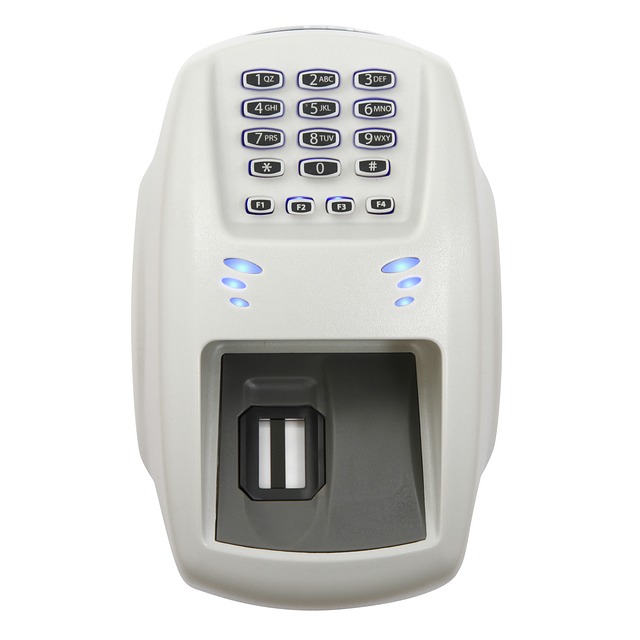Smart home electronic locks offer keyless entry, advanced encryption, and remote access via smartphone apps, enhancing security and convenience. Backup emergency access options like code pads or key fobs provide peace of mind, ensuring control over property security even in unforeseen circumstances. Installation is simple, with clear instructions for mounting and battery insertion. Best practices include regular maintenance, testing emergency access, safeguarding digital keys, and keeping backup codes readily available to maximize benefits while mitigating potential risks.
In today’s digital era, smart home electronic locks are transforming the way we secure our spaces. Battery-powered options offer convenience with automated locking and unlocking, controlled via smartphone or voice assistant. However, these locks also boast backup emergency access features, ensuring peace of mind in case of battery failure or power outages. This article delves into the understanding, benefits, installation, and security considerations of these innovative smart home electronic locks, highlighting their potential as a game-changer in home security.
Understanding Battery-Powered Smart Home Electronic Locks
Smart home electronic locks are a cutting-edge security solution that combines the convenience of keyless entry with robust protection. These battery-powered devices offer advanced features like remote access, automated lock schedules, and integration with home automation systems. They eliminate the need for physical keys, allowing users to secure their homes with the touch of a button on a smartphone app or smart home hub.
Understanding how these locks work is essential in appreciating their benefits. Most battery-powered smart home electronic locks use advanced encryption protocols to safeguard user data and ensure secure communication between the lock mechanism and connected devices. Regular software updates are pushed over Wi-Fi or Bluetooth, enhancing the lock’s functionality and security features. This technology not only simplifies daily routines but also provides peace of mind by enabling backup emergency access through alternate methods like code pads or key fobs.
Features and Benefits of Backup Emergency Access
Backup emergency access is a vital feature in any smart home electronic lock system, offering peace of mind and ensuring that residents have control over their property’s security even in unforeseen circumstances. This aspect provides an extra layer of protection, allowing authorized individuals to gain entry when the primary power source fails or during power outages.
The benefits are numerous; for instance, it enables quick access for emergency services if the main lock mechanism becomes inoperable due to a power cut. It also facilitates entry for trusted visitors or service providers who might need access while the resident is temporarily unavailable, ensuring convenience and security. This feature adds versatility and reliability to smart home electronic locks, making them an even more attractive option for homeowners seeking advanced security solutions.
Installation and Setup Processes Explained
The installation process for battery-powered smart home electronic locks is typically straightforward and user-friendly, making them an attractive option for homeowners looking to enhance security. These locks often come with comprehensive instruction manuals that guide users through each step, ensuring a seamless setup. The initial stage involves mounting the lock on the existing door frame using included hardware, aligning it precisely for optimal functionality. Once securely attached, the lock’s battery compartment is accessed, and fresh batteries are inserted, providing power for its advanced features.
Subsequent to installation, users can download the accompanying mobile application, which serves as a control center for the smart lock. Through this app, homeowners can configure access permissions, create digital keys, and set up backup entry codes for emergency situations. The setup process is designed to be intuitive, allowing users to customize their security settings in minutes, transforming traditional locks into high-tech, keyless entries.
Security Concerns and Best Practices for Users
When adopting battery-powered smart home electronic locks with backup emergency access, users must balance enhanced security with practical considerations. While these locks offer advanced protection through biometric authentication and remote control via smartphone apps, there are valid security concerns to address. First and foremost, ensuring reliable backup power is crucial in case of a primary battery failure or power outage. Users should opt for models with high-capacity batteries and timely replacement notifications to avoid lockouts.
Best practices involve regular maintenance checks, including testing emergency access mechanisms independently from the primary system. Additionally, users must safeguard their digital keys and update firmware promptly to prevent unauthorized access through software vulnerabilities. Keeping detailed backup codes readily available and educating household members about emergency procedures is equally important. By adhering to these guidelines, smart home electronic lock owners can leverage advanced security features while mitigating potential risks.
Battery-powered smart home electronic locks offer unparalleled convenience and security with their seamless integration into modern living spaces. By providing backup emergency access, these innovative devices ensure peace of mind, allowing homeowners to enjoy advanced lock technology while knowing they have a reliable fallback option in case of power outages or emergencies. With proper installation and adherence to best practices, these locks can significantly enhance home security without compromising accessibility. Embracing this cutting-edge technology is a step towards a safer, more connected future for smart home enthusiasts.
